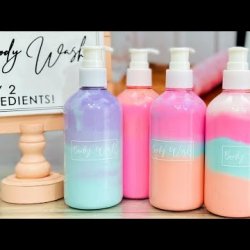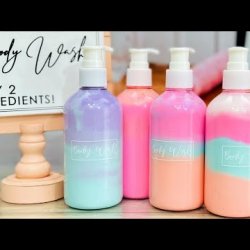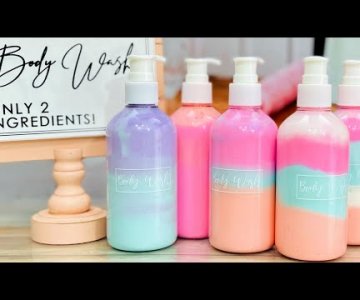uncovering-the-truth-behind-private-label-cosmetics-a-review

Uncovering the Truth Behind Private Label Cosmetics: A Review
It can be difficult for business professionals, entrepreneurs, and investors to understand the difference between major cosmetic brands and private label cosmetics. Private label cosmetics are produced and sold by one company under another company’s brand. Private Label Cosmetics (PLC) has become very popular, however, as the demand for cosmetics has increased, so has the potential for shady practices. In this article, we will uncover the truth behind private label cosmetics, taking an in-depth look at their use, their associated risks, and how to avoid making costly mistakes.
When it comes to private label cosmetics, it is essential to understand the supply chain and its associated risks. The use of cheap, low-quality ingredients can often complicate the supply chain as private label companies try to manage costs and maximize profits. The producers of PLC may also use less stringent safety protocols or even illegal practices to cut costs. This can lead to potentially hazardous effects on the skin such as irritation, breakouts, and brown spots, ultimately reducing confidence in the product’s quality.
While there are some risks associated with PLC, there are also some advantages. For example, the cost of production is typically lower than major brands, and many products are made with high-quality ingredients. Additionally, private label cosmetics companies provide a unique opportunity for smaller businesses to quickly and cost-effectively create and market their own products.
So, how can businesses professionals, entrepreneurs, and investors protect themselves and ensure they are making informed decisions when purchasing PLC? First, it is essential to research the reputation of the product supplier and to only purchase products that have been tested and approved by a reputable organization, such as the FDA or the Consumer Product Safety Commission. Additionally, any PLC must be free of toxins and harmful chemicals, as these can cause skin reactions. Individuals should also be sure to read product reviews, test samples whenever possible, and look for third-party certifications.
Ultimately, the decision to purchase PLC is a personal one. It can be a cost-effective way to produce and market cosmetics, but it is essential to understand the risks associated with it. Business professionals, entrepreneurs, and investors must do their due diligence and research any potential suppliers thoroughly. By taking these steps, they can ensure that they are making informed decisions and purchasing products that are safe and of high quality.
Finally, it is important to remember that it is not always easy to determine whether a cosmetics brand is a private label or not. Some products may appear to be produced by a major brand, but are actually produced and sold by another company. The packaging and labeling of products is often deceptive, making it difficult for consumers to determine the true origin of a product. As such, it is essential to research the manufacturer before committing to a purchase.
The truth behind PLC can be difficult to uncover, but by conducting the necessary research it can be done safely and with confidence. Taking the time to thoroughly examine the reputation of the product and the manufacturer, assess safety ratings, and review third-party certifications is critical in making informed and safe decisions. In doing so, businesses professionals, entrepreneurs, and investors can ensure that they are making the most informed decision when choosing PLC.




Ingen kommentarer endnu